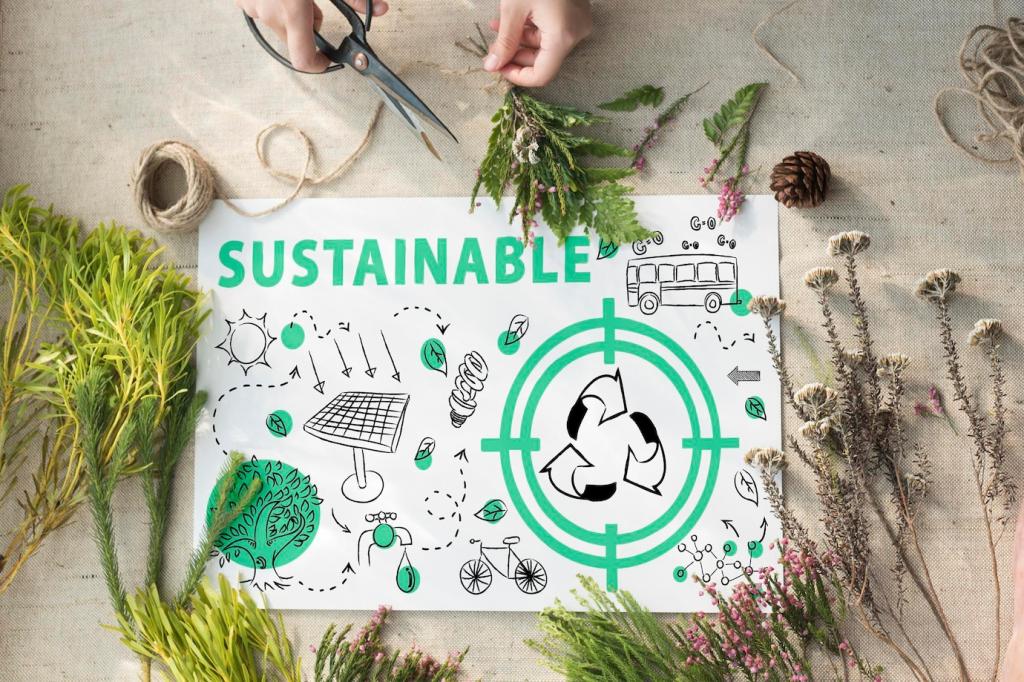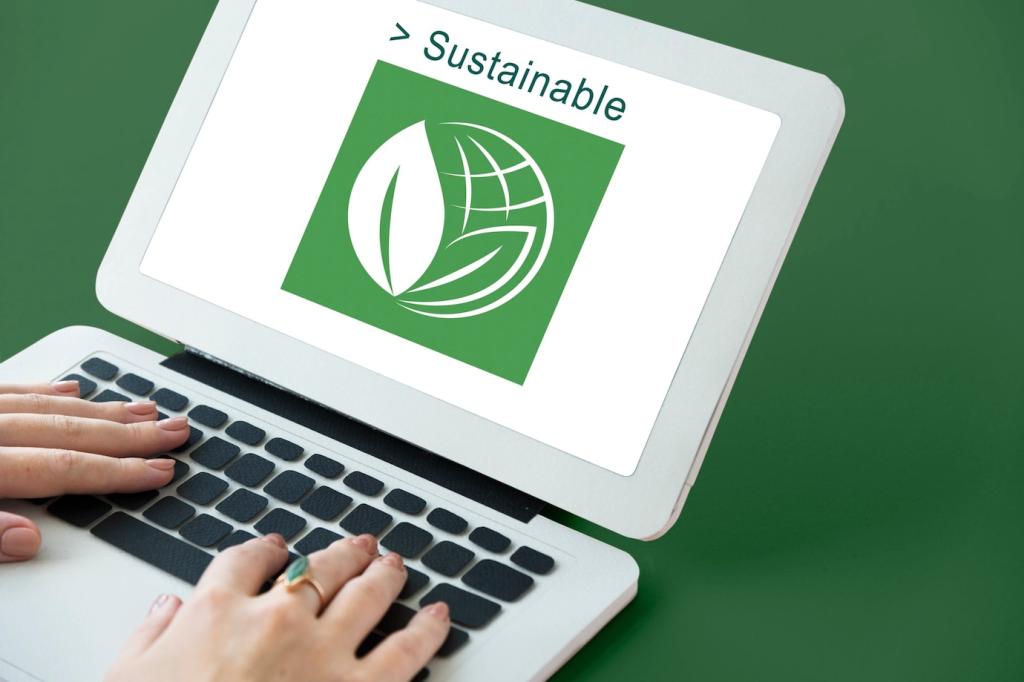
Chosen Theme: Tips for Authentic Eco-Focused Communication
We’re diving into practical, human ways to talk about sustainability without greenwashing or guilt-tripping. Chosen theme: Tips for Authentic Eco-Focused Communication. Join the conversation, share your experience, and subscribe for fresh, field-tested guidance.


Start with Honesty, Not Hype
State today’s footprint, the data year, and the scope included. Explain what is excluded and why, in clear language. This context invites trust and helps readers compare progress meaningfully across time and initiatives.
Start with Honesty, Not Hype
Sustainable choices often involve costs, delays, or imperfect materials. Acknowledge these tensions openly and explain your decision criteria. Readers respect leaders who show their work rather than pretending every choice is simple.
Replace acronyms and buzzwords with everyday terms. If technical phrases are necessary, define them once and consistently. Clarity invites participation, reduces skepticism, and prevents misunderstanding that can derail otherwise solid sustainability work.

List data sources, calculation approaches, and boundaries. Explain why you chose them over alternatives. When readers understand how results were derived, they can trust conclusions and provide constructive feedback grounded in shared assumptions.
Evidence that Matters: Metrics, Methods, and Proof
A 20% reduction means little without a starting point, a time frame, and comparable peers. Include industry benchmarks, historical trends, and relevant regulatory thresholds to make impacts real, digestible, and decision-ready for your audience.
Evidence that Matters: Metrics, Methods, and Proof
Stories with Stakeholders, Not About Them
Invite participants to review drafts, approve quotes, and share benefits from publication. Explain how the story will be used, and avoid extractive framing. Authenticity grows when people see themselves represented fairly and respectfully.
Stories with Stakeholders, Not About Them
Offer short trainings, prompts, and ethical guidelines so staff can document improvements, challenges, and lessons. Internal champions make sustainability tangible and contagious, especially when they narrate small wins from their daily work.

Design for Action, Not Awareness Alone
End every message with a single, clear action: repair, refill, return, or choose a lower-impact option. Reduce clicks, offer reminders, and show immediate benefits so intention becomes action without cognitive overload or confusion.
Design for Action, Not Awareness Alone
Map obstacles from discovery to follow-through. Fix confusing forms, stockouts, or opaque fees that push people back to default habits. Friction kills momentum, while thoughtful design makes sustainable decisions feel natural and convenient.




Communicate Uncertainty with Confidence
Explain where data is strong and where it is modeled or estimated. Use ranges, scenarios, and sensitivity notes. This shows intellectual honesty and helps readers understand what could change and why in practical terms.
Communicate Uncertainty with Confidence
Invite critical questions, publish answers, and correct errors publicly. A living FAQ builds resilience in the face of inevitable challenges. Transparency in tough moments converts skeptics into cautious allies willing to engage constructively.
Right Message, Right Channel
Use concise videos or carousels to highlight one change, one metric, and one next step. Link to deeper context for those who want more. Brevity earns attention; substance earns trust and sustained engagement over time.
